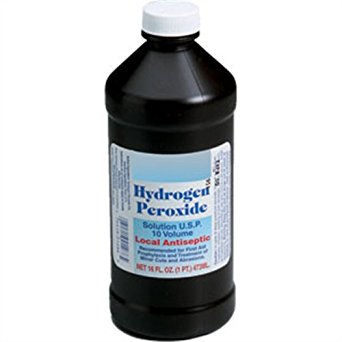BLACK SPOT ALGAE
- DebTim
- Mar 2, 2018
- 3 min read
Black spot algae is one that I have been seeing in my Geophagus aquarium. It's on the anubias leaves. It is black and usually grows on plant leaves. It's strongly adheres to the leaves making it difficult to scrape off.
With most algae the first thing you need to address is the excessive light. That is something that encourages algae growth. When finding the perfect location for your aquarium, it's highly recommended to avoid any place that receives direct sunlight. Although there are other components that contribute to algae growth, excessive light is the most common. Keeping your lights on for more than 8 hours may also provide the algae with the light it craves to flourish.
Regulating your light cycle is an important step in avoiding initial algae growth. After you have found the right balance of daylight and ambient light you will need to address the next cause for your algae growth.

Excessive nutrients are similar to fertilizer for algae growth. Nutrients are in the form of phosphates in your water column. Phosphates are a by-product of over feeding, spoiling food, and fish waste being the 3 most common sources. It's important to check your water for phosphate levels.
Weekly water changes, feeding less and being diligent in your aquarium maintenance will help reduce the excessive growth. When cleaning your aquarium it's important to remove as much of the algae you can. Scraping it off the glass with a razor blade followed by a water change, making sure you remove the bits that are now floating in your water column is important. Vacuuming the substrate will remove any bits of leftover food or fish waste that feeds the algae. These are the physical things you can do to retard the continued growth of algae.

Other steps you can take are using RO water. You can purchase an RO water filter attachment for your tap easily enough, if that's something you would consider. Adding a phosphate remover to your filter is another option. There are chemical algae removers that you can use as well but, I personally don't like adding chemicals to my aquariums choosing more natural sources like adding an algae eater, a few nerite snails, pleco or any of the other usual cleaning crew members. Adding a few more plants will also help in reducing algae growth. Using a plant fertilizer to encourage healthy growth and absorption of nutrients will help starve the algae.
You may also use hydrogen peroxide to kill algae in your aquarium. Peroxide can be purchased in 3, 6 & 9% BP. BP refers to the purity grade of the peroxide. Using 9% BP you would use 15ml for 250 liters or 3 teaspoons for 66 gallons. Dosing the algae using a syringe or pipette by dropping the solution directly on the algae is the simplest way. You must do this slowly over about 5 mins. The

peroxide will kill the algae and quickly be converted into water and oxygen harmless to your fish. Wait for 48 hours before dosing a second time. Some plants may be affected. I must caution you that over dosing can kill your tank inhabitants so your measurements must be accurate.
In this tank I have allowed my cleaning crew to work on the algae. I often see my algae eaters working on it so unless it gets worse I'll leave them to their work. Like in most things in life... All things in moderation. So unless my algae goes on a growth spike I'll just keep an eye on it.












Comments